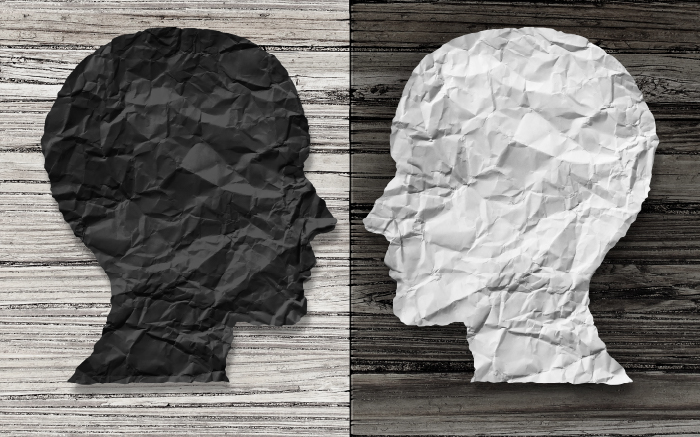Post-Traumatic Stress Disorder (PTSD) is a condition that can develop after an individual has experienced or witnessed a traumatic event. Understanding the symptoms of PTSD is integral for early identification and intervention, which can significantly improve the quality of life for those affected.
Here, we explore the top five symptoms of PTSD, offering insights into recognizing these signs and understanding their implications.
1. Intrusive Thoughts
One of the hallmark symptoms of PTSD is the presence of intrusive thoughts related to the traumatic event. These can manifest as flashbacks, where the individual feels as though they are reliving the trauma, or as unwelcome memories that frequently pop into the mind without warning. Intrusive thoughts can be distressing and significantly impact an individual’s ability to concentrate and feel safe in their environment.
- Recognizing intrusive thoughts involves acknowledging their recurring nature and the distress they cause. Individuals and their loved ones need to understand that these thoughts are not a choice but a symptom of PTSD that requires professional support.
2. Avoidance Behaviors
Individuals with PTSD often engage in avoidance behaviors, deliberately steering clear of reminders of the traumatic event. This can include avoiding people, places, activities, and even thoughts or feelings related to the trauma. While avoidance might provide temporary relief, it can lead to increased isolation and prevent the individual from processing and healing from their trauma.
- Noticing avoidance behaviors can be challenging, as individuals may not always be aware of their own avoidance patterns. Observing changes in behavior, such as withdrawing from social activities or showing reluctance to discuss certain topics, can be indicative of PTSD.
3. Negative Changes in Thoughts and Mood
PTSD can cause pervasive negative changes in an individual’s thoughts and mood. This symptom encompasses a range of experiences, including persistent negative beliefs about oneself or others, distorted feelings of guilt or blame, and a diminished interest in previously enjoyed activities. Additionally, individuals may experience difficulty experiencing positive emotions, leading to feelings of detachment or estrangement from others.
- Identifying these changes requires a close observation of shifts in an individual’s outlook and emotional responses. Friends and family may notice the person becoming more pessimistic, withdrawn, or emotionally numb.
4. Alterations in Arousal and Reactivity
This symptom category includes being easily startled, feeling tense or “on edge,” having difficulty sleeping, and experiencing angry outbursts. These arousal and reactivity changes are linked to the individual’s heightened state of alertness and can significantly interfere with daily functioning.
- Alterations in arousal and reactivity are often visible in an individual’s behavior. Signs include jumpiness, irritability, sleep disturbances, and a noticeable increase in aggressive or defensive reactions to seemingly minor triggers.
5. Feelings of Guilt and Shame
Many individuals with PTSD struggle with intense feelings of guilt and shame related to their experience of the traumatic event. This can be guilt over actions taken or not taken during the event, survivor’s guilt, or shame about having developed PTSD. These feelings can exacerbate other symptoms and hinder the healing process.
- Feelings of guilt and shame can be more difficult to observe from the outside but may be expressed through an individual’s communication about themselves and their trauma. Listening carefully to how individuals talk about their experiences and themselves can provide insights into these feelings.
Understanding the signs of PTSD is the first step toward seeking help and beginning the journey of recovery. Recognizing these symptoms in oneself or a loved one can be challenging but is essential for initiating the healing process. Professional support, including therapy and medication, can be highly effective in managing PTSD symptoms, enabling individuals to regain control over their lives and move forward.






